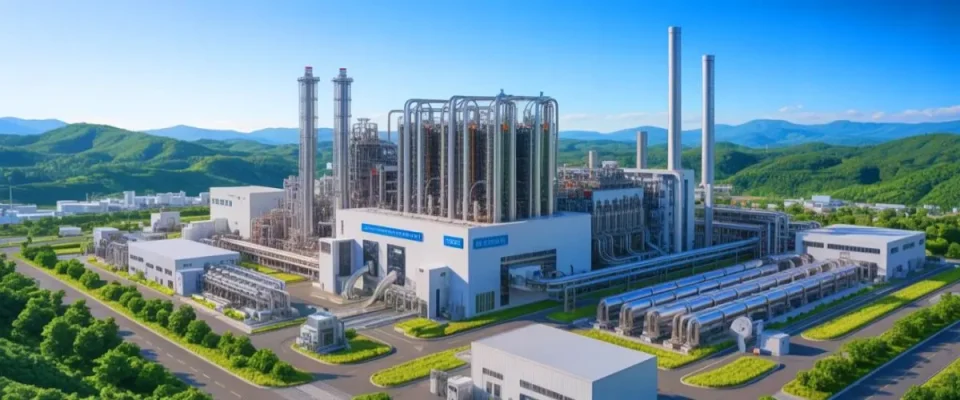The launch of China’s groundbreaking 1,000-ton ionic liquid cellulose fiber plant marks a significant milestone in the global textile industry.
This achievement, developed by the Institute of Process Engineering at the Chinese Academy of Sciences, represents over a decade of research and development. Located in Henan Province, this facility aims not only to revolutionize fiber production but also to set new standards for sustainable manufacturing. Using advanced ionic liquid technology, the plant is designed to produce regenerated cellulose fibers with near-zero emissions, eliminating the need for toxic solvents traditionally used in fiber production.
Redefining Fiber Production
The Chinese Academy of Sciences has pioneered the first industrial-scale deployment of ionic liquid technology, transitioning from lab-scale experiments to full-scale production. This innovative process replaces harmful substances like carbon disulfide and N-Methylmorpholine N-oxide with stable, non-volatile ionic liquids, resulting in no discharge of wastewater, waste gas, or solid byproducts. According to Zhang Suojiang, PhD, the lead scientist behind the technology, this development redefines sustainable fiber manufacturing.
Ionic liquids, which are salts that remain liquid at or near room temperature, consist of organic cations and organic or inorganic anions. Their unique ionic structure, similar to table salt, is non-volatile and highly tunable. In contrast to traditional solvents, ionic liquids offer superior properties, including high polarity, low volatility, and strong resistance to oxidation. These substances are not only structurally designable but also possess excellent solubility for various compounds, making them ideal for dissolving plant-based cellulose without harsh reagents.
A More Sustainable Future
The use of stable, non-volatile ionic liquids in place of toxic solvents significantly reduces the plant’s carbon footprint. This process is expected to cut carbon dioxide emissions by approximately 5,000 tons annually compared to traditional fossil fiber production. The solvent recovery system in place boasts an impressive 99 percent recovery rate, further enhancing the plant’s environmental credentials. The commercialization of this system follows a decade of intensive research, with the IPE team overcoming numerous scientific and engineering challenges in the process.
Having been validated through laboratory, pilot-scale, and 100-ton demonstration phases, the project now boasts a fully operational 1,000-ton annual production line. Duan Xiaoping, the vice president of the China Textile Industry Federation, emphasized that the project sets a new benchmark for green industrialization and aligns with China’s dual carbon goals. The fibers produced meet international standards for fineness, strength, stretchability, and consistency, making them a viable alternative to both synthetic fibers and traditional viscose.
The Impact on Global Textile Industry
This development is poised to significantly impact the global textile industry by providing a sustainable alternative to conventional fiber production methods. The elimination of toxic solvents and reduction in carbon emissions are expected to transform the industry’s environmental impact. The production process, which aligns with international standards, positions these fibers as a formidable competitor in the global market.
As more companies and countries aim to reduce their environmental footprint, the adoption of ionic liquid-based fiber production could become a significant trend. The potential for scalability and the ability to meet global demand make this innovation a promising solution for a more sustainable textile industry. The success of this project may inspire further advancements and investment in green technology, encouraging other industries to follow suit.
With the successful commercialization of ionic liquid cellulose fiber technology, China has set a new standard for sustainable industrial practices. The potential for this technology to be adopted globally is immense, offering a path toward more environmentally friendly manufacturing processes. As the world increasingly focuses on reducing emissions and minimizing environmental impact, innovations like this will play a crucial role in shaping the future of various industries.
News Courtesy : Rude Baguette.



